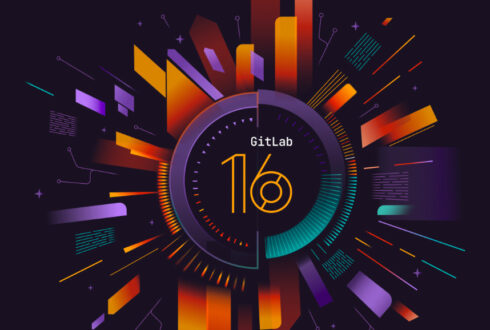
GitLab today unveiled its newest major release, GitLab 16. This brings users new DevSecOps platform-wide capabilities as well as multiple features that the company is planning to rollout throughout the year.
This release provides an enterprise-grade, AI-powered DevSecOps platform with features geared at helping customers write better code faster. Users also gain security testing and analysis, observability, and proactive vulnerability detection.
Current AI-powered features include Suggested Reviewers, Explain This Code, Explain This Vulnerability, and Value Stream Forecasting. A few features have not yet been released, such as Refactor This Code and Resolve This Vulnerability.
GitLab 16 also automates software delivery and secures the end-to-end software supply chains of users. Enterprises are enabled to start, scale, and secure their software supply chains while also gaining increased visibility into their threat landscape and establishing policies to ensure compliance standards are met and accelerate the delivery of secure software.
Additionally, GitLab Dedicated is slated for release this coming summer, and is a single-tenant SaaS solution intended to offer organizations in regulated fields a DevSecOps platform that focuses on data residency, isolation, and private networking.
“Developers are under tremendous pressure to ship software faster than ever before to keep up with the speed of the market, and too often that leaves security as an afterthought,” said Mark Portofe, director of platform engineering at CARFAX. “GitLab’s DevSecOps platform proves that security and efficiency are not mutually exclusive by integrating security seamlessly throughout development workflows and enabling us to ship software faster. With the implementation of GitLab, we’ve seen a 33% decrease in vulnerabilities in less than a year, as well as a 20% year-over-year increase in deployments.”
With GitLab 16, users also gain access to Value Stream Analytics to assist teams in visualizing and managing the DevSecOps workflow all the way through to delivery. Lastly, the Value Stream Dashboard offers an enterprise-wide view of DORA metrics, cycle times, and other important metrics such as critical vulnerabilities and deployment frequency.
More information can be found on the website.






